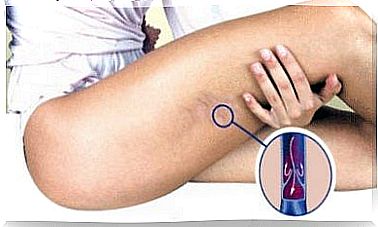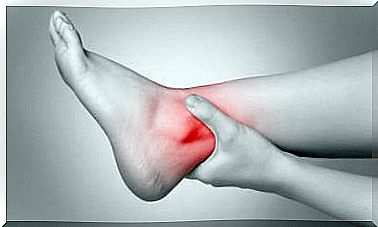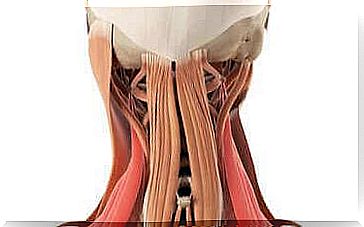6 Pain Relieving Plants
Valerian tea not only relieves stress and anxiety, it also helps against muscle aches, cramps and headaches.
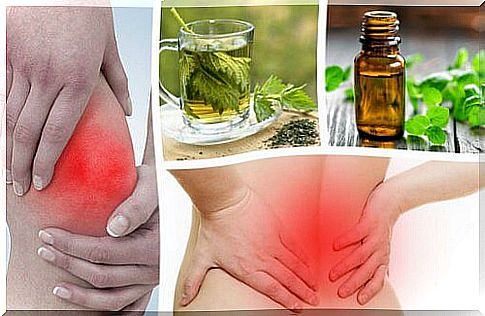
In this article we will introduce you to natural, pain relieving plants that can give you relief.
Pain is the body’s response to overstimulating the nerve endings, which then send a warning signal to the brain.
Excessive heat, a hard blow or other changes that penetrate our organism through chemical pathogens cause this over-stimulation.
There are several medicines that can help relieve pain, regardless of what triggers it and how strong it is. Pain relieving plants are among the natural alternatives.
However, the consumption of conventional painkillers can lead to undesirable side effects, especially because various chemical agents are not good for the organs.
For this reason, medicinal plants have been recommended for a long time, which, due to the active ingredients they contain, have a similar effect to drugs, but do not cause any side effects. However, you should never stop medication without consulting your doctor.
Would you like to learn more about these medicinal plants? Then we’ll show you some pain reliever plants here.
Medicinal plants: Pain relieving plants
1. Mint
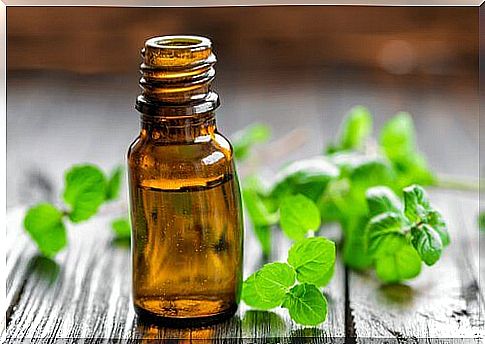
Mint is well known for its positive effects on digestion and against flatulence, but this medicinal herb also has an analgesic effect and can help with stomach pain and other ailments.
How is mint used?
Mint can be used in a variety of beverages and many other recipes. In this case, however, it is best to prepare it as a tea to benefit from the pain-relieving effect.
ingredients
- 1 teaspoon of mint (5 g)
- 1 cup of water (250 ml)
preparation
- Bring the water to a boil first and then add the mint.
- After 3 minutes you take the tea off the stove, then let it steep for a short time.
- Then drink 3 cups a day.
2. Valerian
This pain reliever plant is very popular for its calming effects, which relieve stress and anxiety.
It can also serve as a pain reliever and relieve, for example, cramps, headaches, muscle tension etc.
How is valerian used?
This plant can be bought in tablet form or as an extract in health food stores or pharmacies. However, you can also make yourself a tea.
ingredients
- 1 teaspoon valerian root (5 g)
- 1 cup of water (250 ml)
preparation
- First bring the water to a boil and then let the valerian simmer in it for 3 minutes.
- Then let it steep a little, strain and drink.
3. cinnamon
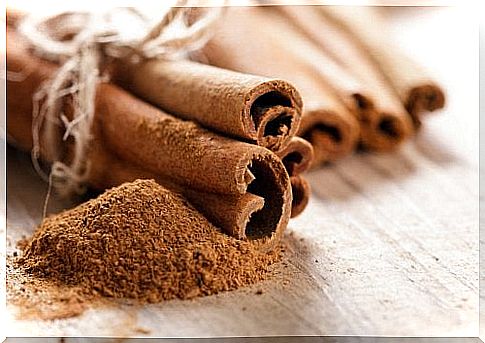
The pleasant aroma of this spice can not only refine various dishes, cinnamon also has a pain-relieving effect and can, for example, reduce muscle pain and cramps.
How is cinnamon used?
You can use natural cinnamon extract or you can make a tea from cinnamon bark.
ingredients
- 1 teaspoon of cinnamon (5 g), but make sure that it is Ceylon cinnamon, which is far healthier than the more common cassia cinnamon!
- 1 cup of water (250 ml)
preparation
- First bring the water to a boil and add the cinnamon.
- Let it steep for 5 minutes and then drink it.
4. Rosemary
The pain-relieving effect of rosemary is particularly helpful for head, neck and back pain. This medicinal herb also has anti-inflammatory effects and therefore helps with joint and muscle ailments.
How is rosemary used?
If you want to use it to treat headaches, it’s best to use a facial steam.
If you have pain in other parts of the body, you can benefit from rosemary tea.
ingredients
- 2 tablespoons of rosemary (20 g)
- 1 liter of water
preparation
- First bring the water to a boil and add the rosemary. Let it steep and then drink a nice warm cup.
5. nettles
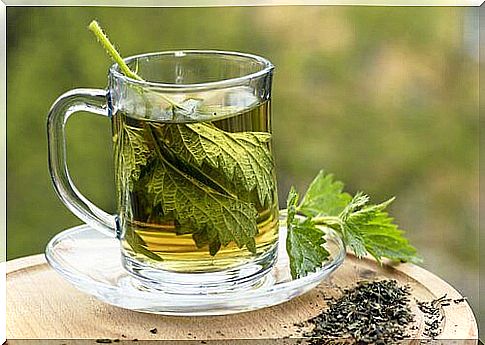
Some analgesic plants have a very powerful effect. Nettles are one of them. They are so powerful that they can be used to treat severe pain such as arthritis or gout.
The anti-inflammatory ingredients in combination with boron, calcium and silicon therefore have calming effects and at the same time strengthen the bones.
How are nettles used?
We also prepare a healing tea with this meadow herb.
ingredients
- 1 tablespoon of nettle leaves (10 g)
- 1 cup of water (250 ml)
preparation
- Bring a cup of water to the boil and add 1 spoonful of nettle leaves.
- Cook for 3 minutes and then remove from heat. As soon as the tea has cooled down a bit, strain it and then drink up to 3 cups a day.
6. Lavender
Lavender has a slight pain reliever and can help with torticollis (torticollis) and muscle pain.
How is lavender used?
This pain reliever plant can be used externally with compresses or as a massage oil.
- If the pain is in the lumbar area, you can make a poultice of lavender tea and let it sit on the painful area for 10 minutes.
- For torticollis and sore throats, you can also prepare a mixture of lavender essential oil with olive oil (in equal parts) and apply it with a gentle massage.

